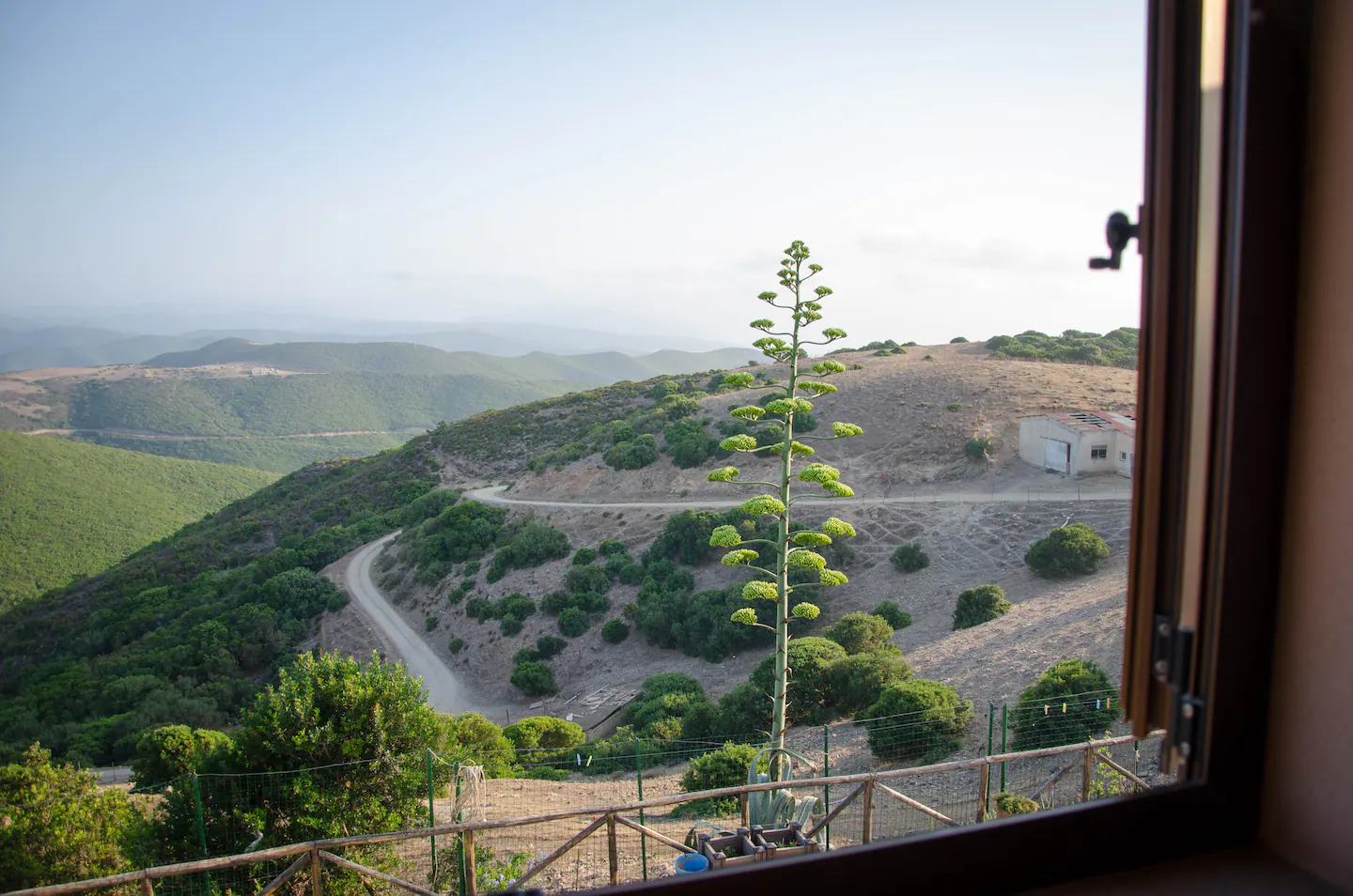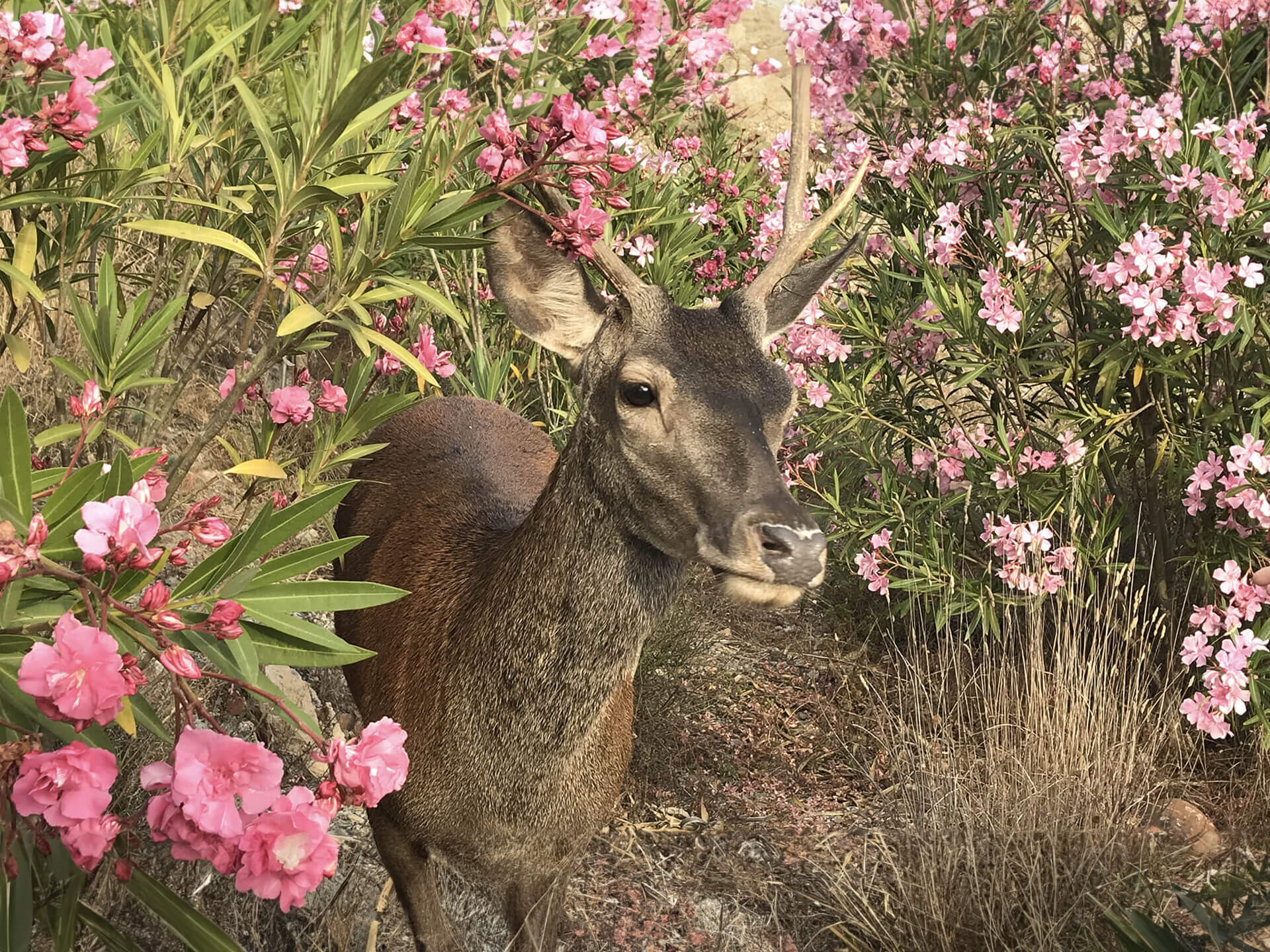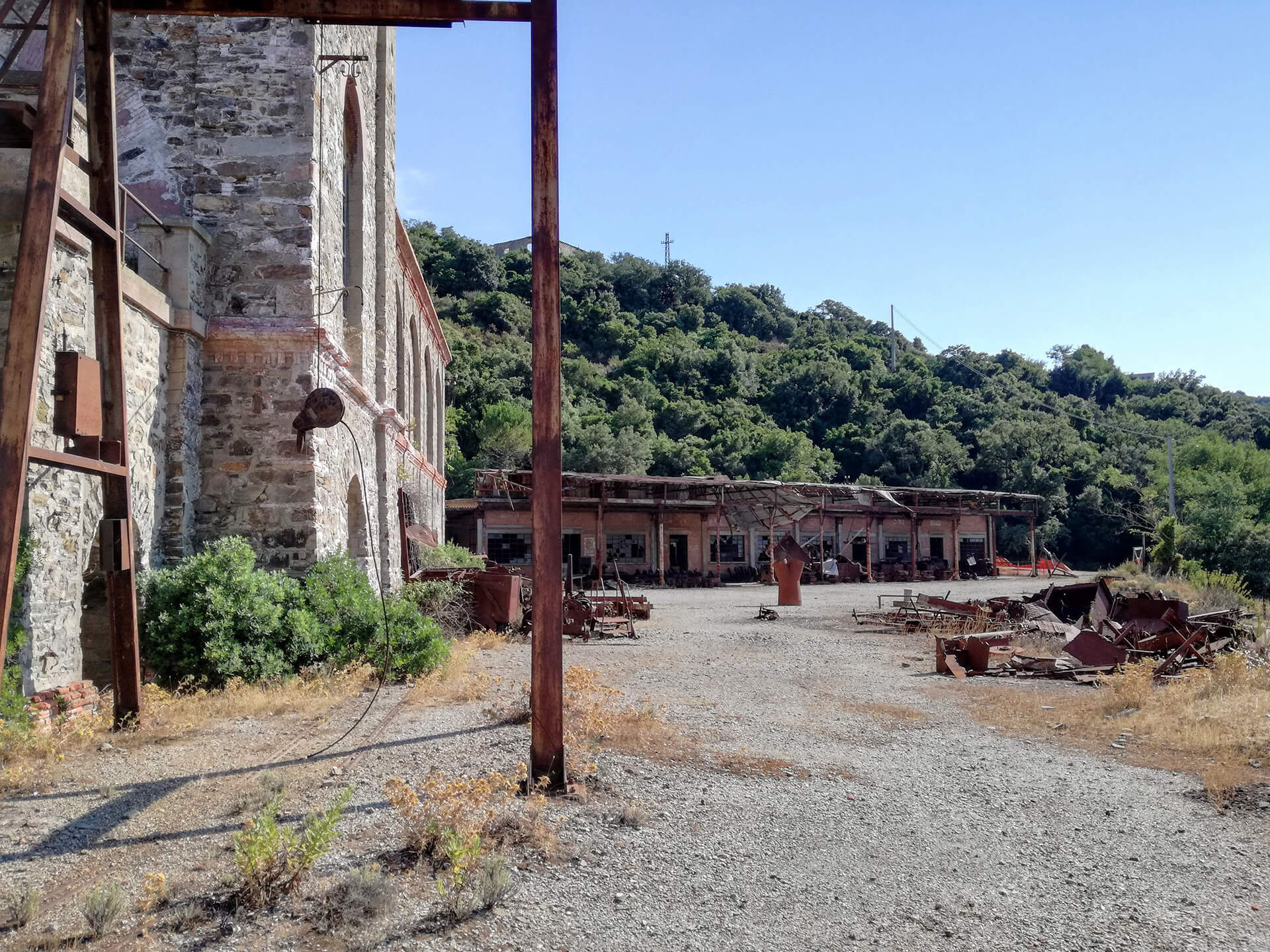- Tax domicile: Via V. Bellini, 16 - 09031 Arbus (SU)
- [email protected]
Costa Verde and Arbus countryside
The land
The Costa Verde reveals its beauty on the south-western coast of Sardinia, in an area that extends for about 47 kilometres, from Capo Frasca in the north to the promontory of Capo Pecora in the south.
The marina of Arbus, so beautiful and uncontaminated, retains an unexpected charm, offering a scenario of ancient suggestions and intense scents, the Mediterranean scrub and the spectacular sea which has the mistral wind as its protagonist.
The coast is offered in a variety of conformations, from the very fine sandy beaches to the rocky coves, the imposing cliffs up to the golden sand dunes.
The structure is located a few steps from the SIC “Is Arenas – S'Acqua 'e s'Ollastu” area of community interest.


Flora and fauna
The endemic vegetation of the Costa Verde is perfectly adapted to the dune environment, with a prevalence of centuries-old junipers, mastic trees, broom and euphorbia alternating with large expanses of tamarisks and rushes near the watercourses. In this fragile and unique ecosystem the fauna is characterized by the presence of the Sardinian deer and the Caretta caretta sea turtle , which finds in this stretch of Sardinian coast an ideal place for laying its eggs in the nights of June and July.
The hills are thus covered with pioneers, such as the maritime crescianella, which in turn is then replaced by tree plants, such as the beautiful prickly juniper, in association with a thick Mediterranean scrub, which give the dunes greater stability.
Among the flora there are, in addition to the already mentioned prickly juniper, various endemic species, such as Limonium sulcitanum, Linaria flava and Silena corsica.
The most important host for the fauna is certainly the Sardinian deer . Today this ungulate is loved not only by environmentalists but by the entire local population, who see in the deer an emblem of the territory and an instrument for the economic revival of the entire area.
The mine
The whole Costa Verde area is part of the territory of Arbus, known since ancient times for the richness of its subsoil in which a very important extractive industry developed from the mid-1800s until 1991. These areas, located within the Historical Environmental Geomining Park of Sardinia , today appear timeless landscapes made up of the ruins of houses, construction sites, scattered and ruined wells, plants and rusty mining carts.
The imagination combined with the memory of the elderly leads, with a time travel backwards, to a world in which men and animals, machinery and trolleys moved to the unison rhythm of tiring and debilitating work, a mirror of the industrial age.
The Montevecchio Mine is one of the eight mining sites that make up the Historical Environmental Geomining Park of Sardinia , officially recognized in 1997 by UNESCO as the first park within the global network of Geosites/Geoparks, established by UNESCO with the aim of protecting and enhance the technical-scientific, historical, cultural and environmental heritage of the sites where man has used geological and mineral resources. Ingurtosu is a fraction of the municipality of Arbus which hosted, together with Montevecchio, one of the most important mines in Sardinia.
Its name derives from su gurturgiu, the bearded vulture, a vulture that populated the skies of this area. Today it is a semi-ruined and almost deserted village but in the past, when it was inhabited until the end of the sixties, it had come to host almost five thousand people, serving as the management center of the Ingurtosu mine and the nearby Gennamari, both of which were part of the mining complex called vein of Montevecchio, from which lead, zinc and silver were extracted.
Along the valley that connects the village to the sea there are some mining wells, including the Pozzo Gal, recently restored and transformed into a museum area on the life of the workers, and the imposing ruins of the Brassey washery, built in Naracauli around 1900, when the owner of the mine was the English nobleman Lord Brassey. Built at the end of a small and short valley parallel to that of Ingurtosu, it was the village of Pitzinurri .
Here stood Villa Wright, the residence of the deputy director of the mine at the time of English management.

Hidden in the wild Costa Verde, between mountain and sea, in Arbus (SU) countryside.
- via V. Bellini, 16 - 09031 Arbus (SU)
- [email protected]

